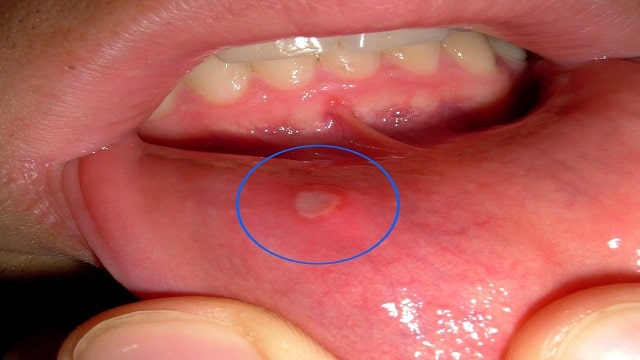Ulcers in the Gums, Definition, Symptoms of What Disease?
Besides being annoying, the growth of boils on the gums can be a sign of a disease.
Often you neglect gum health and focus on dental health alone. In fact, the gums also need to be kept healthy so that they do not experience inflammation or grow lumps or ulcers on the gums.
Boils on the gums are also known as gum abscesses. The appearance of this lump indicates the presence of an abnormal condition.
Generally, the presence of lumps such as boils on the gums is caused by bacteria from inside the damaged tooth or bacteria attached to the necks of the teeth. These bacteria eventually cause infection and inflammation under the surface of the gums.
Symptoms that can appear include bad breath, fluid-filled with blood or pus, swollen gums, sensitivity to hot or cold stimuli, nausea, and fever.
The growth of boils on the gums can occur in several places. To find out the severity and how to treat ulcers on the gums, see the full explanation below.
1. Gingival Abscess
This abscess occurs in the gums. The cause is an infection, for example, because food debris is trapped in the gum pocket. This condition can be exacerbated by the presence of plaque and food residue that sticks, causing abscesses in the gums or festering gums.
If you have a gingival abscess, symptoms that can appear include redness of the gums, swelling, pain when touched, pain in the jaw joint, and fever.
If this is left unchecked, it will lead to more serious gum disease. To treat ulcers on the gums, you can do this by giving antibiotics that are prescribed by a doctor. In addition, cleaning the infected gum area is also important.
2. Periodontal abscess
A periodontal abscess occurs in the periodontium, the tissue that supports the teeth. Generally, this condition is more common in adults than children.
Ulcers in the gums in this abscess are a complication of a gingival abscess that is left untreated. Generally derived from the alveolar bone and periodontium tissue.
Periodontal abscesses are particularly common in patients with untreated periodontitis and are associated with deep gum pockets. This can be accompanied by mobility of the teeth.
To cure ulcers on the gums in this case, you can do a deeper cleaning of tartar ( deep cleaning ), and take antibiotics for three days.
3. Periapical abscess
A periapical abscess usually occurs near the tip of the root of the tooth, precisely in the deep cavity, reaching the pulp chamber.
Through the tooth cavity, bacteria enter the pulp chamber. This space contains nerves and blood vessels.
As a result, the pulp becomes inflamed and causes nerve death in the tooth. Dead teeth are susceptible to infection, so they are at high risk of developing abscesses.
In the case of a periapical abscess, the doctor will prescribe antibiotics to treat the infection. In addition, dental nerve treatment can also be carried out as a way to cure gum abscess. If these lumps are not treated, the infection can spread to other parts of the body.
In many cases, lumps on the gums are the result of poor oral hygiene. Therefore, taking good care of your teeth and mouth will prevent these lumps from forming in your gums.
So, always pay attention to the condition of your teeth and mouth, including the gums. If there are signs of lumps such as ulcers on the gums, immediately consult a dentist so that they can be treated appropriately.
